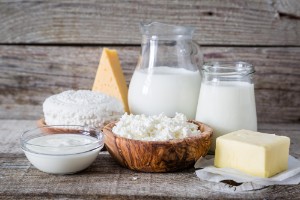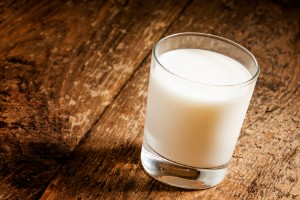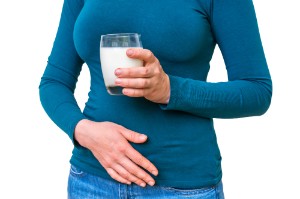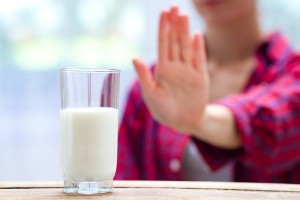8 beneficial properties of Kombucha and contraindications
Kombucha is an ancient tea mushroom–based drink used in folk medicine. With systematic use, there is an improvement in the health of the digestive tract, prevention of the development of type II diabetes mellitus, cardiovascular and oncological diseases.
Kombucha also contains a lot of valuable Probiotics and has antimicrobial activity against pathogens of many infectious pathologies.
In this article, we will talk about the benefits of kombucha and potential harm to the body, as well as the process of making a kombucha drink based on it.
Content
What is kombucha?
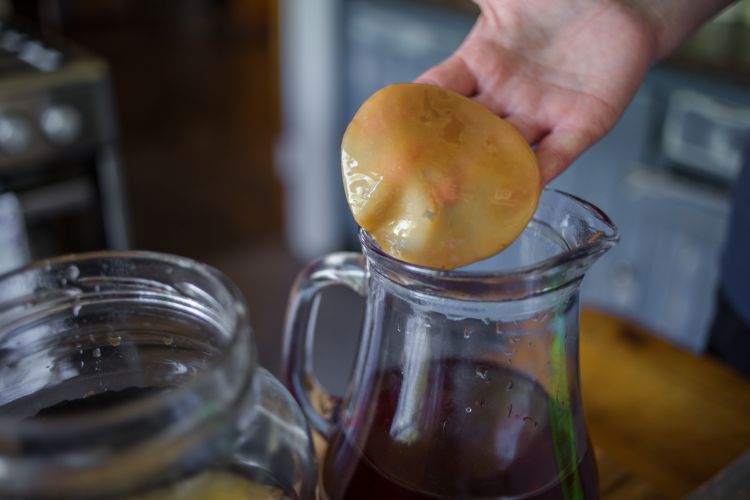
Kombucha is a generalized name for several variants of symbiosis (cohabitation) of a yeast fungus with bacteria. On its basis, one of the extremely popular carbonated soft drinks is made – "kombucha" or "tea kvass".
The first mentions of kombucha date back to 220 BC. At that time, in China, it was used as a drink that fills the body with energy and removes harmful substances. In the 20th century (during the Second World War), it became widespread in the territory of present-day Russia and European countries.
Composition
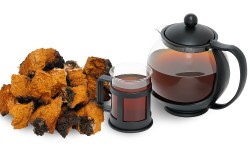 From a scientific point of view, the exact composition of kombucha cannot be named, as it varies significantly depending on the origin. Yeast fungi are extremely variable and can belong to more than ten different genera. Among the bacteria, Acetobacter and Gluconobacter are most common.
From a scientific point of view, the exact composition of kombucha cannot be named, as it varies significantly depending on the origin. Yeast fungi are extremely variable and can belong to more than ten different genera. Among the bacteria, Acetobacter and Gluconobacter are most common.
Kombucha-based drink is rich in various valuable nutrients and vitamins.
For example, 450 ml of ready-made kombucha contains approximately:
- 60 calories;
- 14 g of carbohydrates;
- 20 mg of sodium ions;
- 100 mcg of folate (25% of the daily value);
- 0.34 g of vitamin B2 (20% of the daily value);
- 0.4 mg of vitamin B6 (20% of the daily value);
- 0.3 mg of vitamin B1 (20% of the daily value);
- 4 mg of vitamin B3 (20% of the daily value);
- 1.2 mcg of vitamin B12 (20% of the daily value).
It is important to note that in the drink present ethanol, the content of which can reach 5.5 g/l.
8 medicinal properties
Kombucha has an impressive set of healing properties for the human body. It is able to influence almost all types of metabolism and prevent the development of a number of extremely dangerous pathologies.
Below are the 8 main useful properties and possible contraindications of kombucha tea, as well as a drink based on it.
1. Saturates the body with probiotics
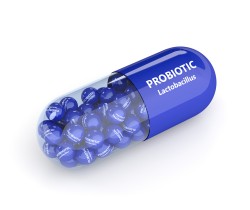 As you know
, kombucha is made by adding certain stamps of bacteria and yeast to black or green tea with sugar. Subsequently, the product is fermented for 1-2 weeks.
As you know
, kombucha is made by adding certain stamps of bacteria and yeast to black or green tea with sugar. Subsequently, the product is fermented for 1-2 weeks.
During cooking, a mushroom-like film forms on the surface, which is an accumulation of bacteria and yeast. That is why the drink is often called "mushroom tea".
In progress fermentation a large accumulation of beneficial bacteria is formed ( Probiotics ), which are necessary to maintain adequate microflora, strengthen local immunity in the lumen of the digestive tube and ensure full-fledged enzymatic cleavage of food particles.
According to Irish scientists , mushroom tea contains the following genera of bacteria (in descending order of occurrence):
- Gluconacetobacter – about 85 %;
- Lactobacillus – about 30 %;
- Acetobacter – less than 2%.
Also during fermentation is formed acetic acid and a number of other acidic compounds that make the drink carbonated. The accumulation of gas bubbles improves the conditions for the existence of probiotic bacterial agents.
2. It is an antioxidant and protects the liver
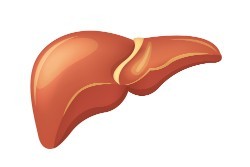 It is recommended to make kombucha based on green tea, which contains many biologically active compounds (polyphenols) with antioxidant activity. Kombucha made on the basis of green tea, only Enhances
the positive qualities of the latter.
It is recommended to make kombucha based on green tea, which contains many biologically active compounds (polyphenols) with antioxidant activity. Kombucha made on the basis of green tea, only Enhances
the positive qualities of the latter.
Experiments conducted on rodents by Indian scientists, demonstrate that kombucha based on green tea has a pronounced hepatoprotective effect. He Protects liver cells from any toxic and autoimmune damage. This property can be used to treat a wide range of liver pathologies.
3. It has an antibacterial effect
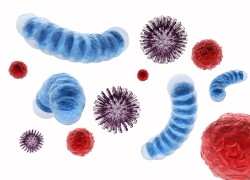 Acetic acid, which is formed during fermentation, has a strong antimicrobial effect.
Acetic acid, which is formed during fermentation, has a strong antimicrobial effect.
According to research data, conducted in the Netherlands, kombucha inhibits the vital activity of Staphylococcus aureus, Escherichia, shigella, yersinia, Pseudomonas aeruginosa, Enterobacteria, Campylobacteria, listeria and other microorganisms. The described pathogens cause a wide range of diseases. At the same time, the effect is not limited to the gastrointestinal tract.
Also proven that kombucha has activity against fungi of the genus Candida. The product can be used as a means of additional therapy for fungal diseases of the oral cavity and gastrointestinal tract, as well as for the treatment of nail fungus and skin.
Kombucha, although it has significant antimicrobial activity, does not inhibit the growth and reproduction of representatives of beneficial microflora, and therefore does not harm the human body.
4. Reduces the risk of cardiovascular diseases
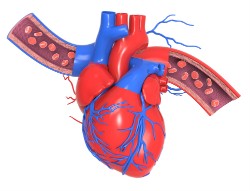 Diseases of the cardiovascular system are the leading cause of disability and mortality worldwide. For example, a myocardial infarction or stroke (in a situation if a person survives) allows the human body to fully recover only in 8% of cases.
Diseases of the cardiovascular system are the leading cause of disability and mortality worldwide. For example, a myocardial infarction or stroke (in a situation if a person survives) allows the human body to fully recover only in 8% of cases.
Foreign experiments on rodents show that kombucha helps to reduce the concentration of harmful cholesterol (LDL and TAG), and also causes an increase in beneficial cholesterol (HDL) in the blood.
Such effects prevent the formation of atherosclerotic overlays on the walls of large vessels and reduce the risk of diseases such as coronary heart disease and myocardial infarction, chronic cerebral ischemia, obliterating atherosclerosis of the lower extremities, etc.
Scientists from Tunisia have discovered that the systematic consumption of "tea kvass" reduces the intensity of LDL oxidation, as well as the degree of destruction of the inner wall of blood vessels, which are important risk factors for the development of atherosclerosis.
At the same time, the drink does not affect blood pressure in any way and can be used, including for hypertension.
5. Reduces the risk of developing type II diabetes mellitus
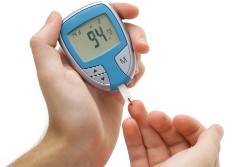 According to statistics, there are over 300 million people suffering from type II diabetes in the world.
According to statistics, there are over 300 million people suffering from type II diabetes in the world.
Foreign experts claim that tea drinking mushroom significantly slows down the rate of splitting and absorption of carbohydrates from the intestinal lumen. This leads to a slow rise in blood glucose levels after eating and significantly reduces the risk of diabetic damage to the liver, kidneys and organs of vision.
One major Chinese study revealed pronounced antidiabetic activity of the kombucha drink made on the basis of green tea. It has been proven that people who systematically consume this product are 18% less likely to develop type II diabetes mellitus.
6. Prevents the development of cancer
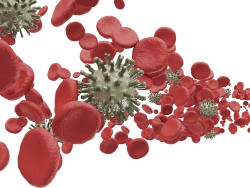 Oncological diseases are included in the list of the leading causes of death worldwide (they occupy the 2nd and 3rd places).
Oncological diseases are included in the list of the leading causes of death worldwide (they occupy the 2nd and 3rd places).
Selected studies, conducted in various countries, revealed the ability of kombucha to inhibit the growth and metastasis of cancer cells. For example, scientists from Serbia have found that a large amount of antioxidants can inhibit the proliferation of malignant tumors and destroy about 20% of foreign cells.
Japanese scientists have proved that drinking a drink reduces the likelihood of prostate cancer. At the same time, the higher the volume of the drink ingested, the more pronounced the effect.
Also detected reduction of the incidence of colon and rectal cancer, malignant degeneration of breast cells when using the product in the diet.
7. Supports the health of the digestive system
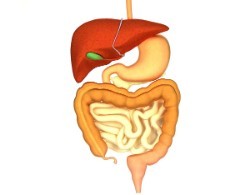 Kombucha contains many valuable amino acids, enzymes and probiotics that normalize the functioning of the gastrointestinal system and improve digestion
.
Kombucha contains many valuable amino acids, enzymes and probiotics that normalize the functioning of the gastrointestinal system and improve digestion
.
Research has shown that drinking mushroom prevents the development of peptic ulcer of the stomach and duodenum.
The effect is provided by increasing the secretion of mucus (with bicarbonates), which protects the gastric mucosa from the effects of any aggressive factors (hydrochloric acid secreted by stomach cells, errors in diet, prolonged fasting, etc.).
Kombucha also reduces the likelihood of developing acute intestinal infections and a number of chronic diseases of the gastrointestinal tract, inhibits the vital activity of helminths.
Due to enzyme content and beneficial microorganisms, kombucha improves the course of the processes of splitting and absorption of food, increases the bioavailability of any eaten food product.
8. Protects the lungs from harmful effects
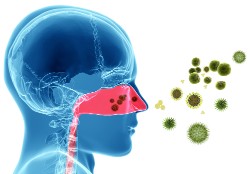 Chinese scientists have discovered
that inhalation of kombucha particles protects the lungs from exposure to dangerous dust particles (silicon compounds; dust formed during the processing of coal, etc.).
Chinese scientists have discovered
that inhalation of kombucha particles protects the lungs from exposure to dangerous dust particles (silicon compounds; dust formed during the processing of coal, etc.).
Such data allow the drink to be used as a means of preventing the development of occupational diseases from the respiratory apparatus, which are extremely common among workers in the mining and metalworking industries.
How to cook?
 The recipe for making a drink based on kombucha is quite simple.
The recipe for making a drink based on kombucha is quite simple.
Below are detailed instructions:
- Prepare green (recommended) or black tea. To do this, pour 2 tsp of tea leaves into 1000 ml of boiling water and add 5-6 tablespoons of sugar. The drink should be infused for 15-20 minutes.
- Strain and cool to room temperature (about 20 degrees).
- Place a previously grown or store-bought kombucha in a glass jar along with brewed tea. Instead of a lid, the vessel should be covered with gauze and put in a warm place for 5-10 days.
- Remove the mushroom and transfer to another jar with pre-prepared tea. The drink is ready.
In order to increase the "carbonation" of the product, it must be tightly closed with a lid (after extracting the tea mushroom) and put in a cool place for 4-6 days.
The cooking process at home has many subtleties:
- It is forbidden to use any metal containers (except stainless steel). This will avoid unwanted chemical reactions.
- The mushroom must have access to indoor air. It is strictly forbidden to close the jar with tight lids.
- Temperature compliance. The optimal temperature is from 18 to 25 degrees.
- Lack of sunlight. Direct exposure to the sun causes algae to form on the surface.
- Sugar should be completely dissolved in tea. Exposure to whole crystals can cause burns on the surface of the fungus and lead to death. Tea particles have a similar negative effect.
How to take it correctly?
Kombucha should be drunk separately from food. Ideally, 1-3 hours before meals, or 1-1.5 hours after.
The recommended dose is 200-300 ml of the drink 2-3 times a day for both women and men. The duration of the reception should be from 7 to 14 days. Exceeding the norm may cause adverse reactions. It is not recommended for children to take it.
Storage Features
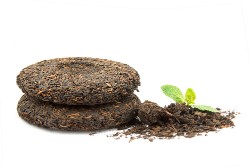 In the absence of active use of the mushroom, it should be dried to ensure long-term storage. To do this:
In the absence of active use of the mushroom, it should be dried to ensure long-term storage. To do this:
- Put the mushroom on any dry surface, cover with gauze.
- In this form, the product should lie at room temperature for 10-15 days (until completely dry). It is recommended to turn it over every 24-36 hours. It is important to protect the fungus from the effects of any insects (midges, mosquitoes).
- After complete drying, wrap the mushroom in paper and store in a dry place out of reach of sunlight. The storage period is up to 2 years.
Contraindications and harms
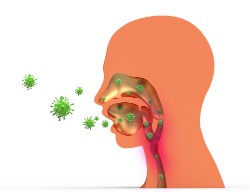 Kombucha has a large set of positive properties, however, almost all experiments were conducted on animals, and if the effect of the product on the human body was studied, then the observation period was insignificant.
Kombucha has a large set of positive properties, however, almost all experiments were conducted on animals, and if the effect of the product on the human body was studied, then the observation period was insignificant.
Many scientists claim that to date there is no reliable evidence of the effects of kombucha on humans.
The story describes many specific and mysterious deaths caused by kombucha. For example, according to American researchers , it can cause lactic acidosis. In 1995, the Center for Disease Control and Prevention (USA) even banned the consumption of a tea mushroom-based drink due to its harmful properties.
Among the main side effects are the following:
- The development of allergic reactions on the components of the composition of the drink. They are caused by increased sensitization of the body. Allergic pathologies can manifest themselves in different ways and occur in almost 5% of cases.
- Liver damage with jaundice syndrome.
- Dyspeptic disorders . According to research , increased gas formation, nausea and vomiting are most common.
- Headache and muscle (in the neck) pain.
- Deterioration of dental health. Kombucha contains acids that destroy tooth enamel and cause premature loss of fillings and activation of carious processes. It is recommended to rinse your mouth with plain water after consuming the drink.
- Lactic acidosis. Is observed with prolonged systematic consumption of the drink, however, only isolated cases are described.
- The development of deadly infections and sepsis. Such complications are typical for patients with immunodeficiency conditions (HIV infection, prolonged use of cytostatics and glucocorticosteroids). Kombucha contains live cultures of bacteria and yeast, which, with weakened immunity, easily penetrate any tissue barrier and cause infectious and inflammatory pathologies.
- Interaction with drugs. A decrease in the effectiveness of medicines was revealed when using kombucha with nonsteroidal anti-inflammatory drugs, antibiotics and narcotic analgesics.
Conclusion
Thus, kombucha is a useful, but insufficiently studied product that affects many body systems. The process of cooking and subsequent care of the mushroom does not present great difficulties and financial costs, therefore, it is accessible to anyone.
The intake of the drink should be approached correctly, since the risk of developing various complications is high. It is necessary to consult a doctor beforehand.

